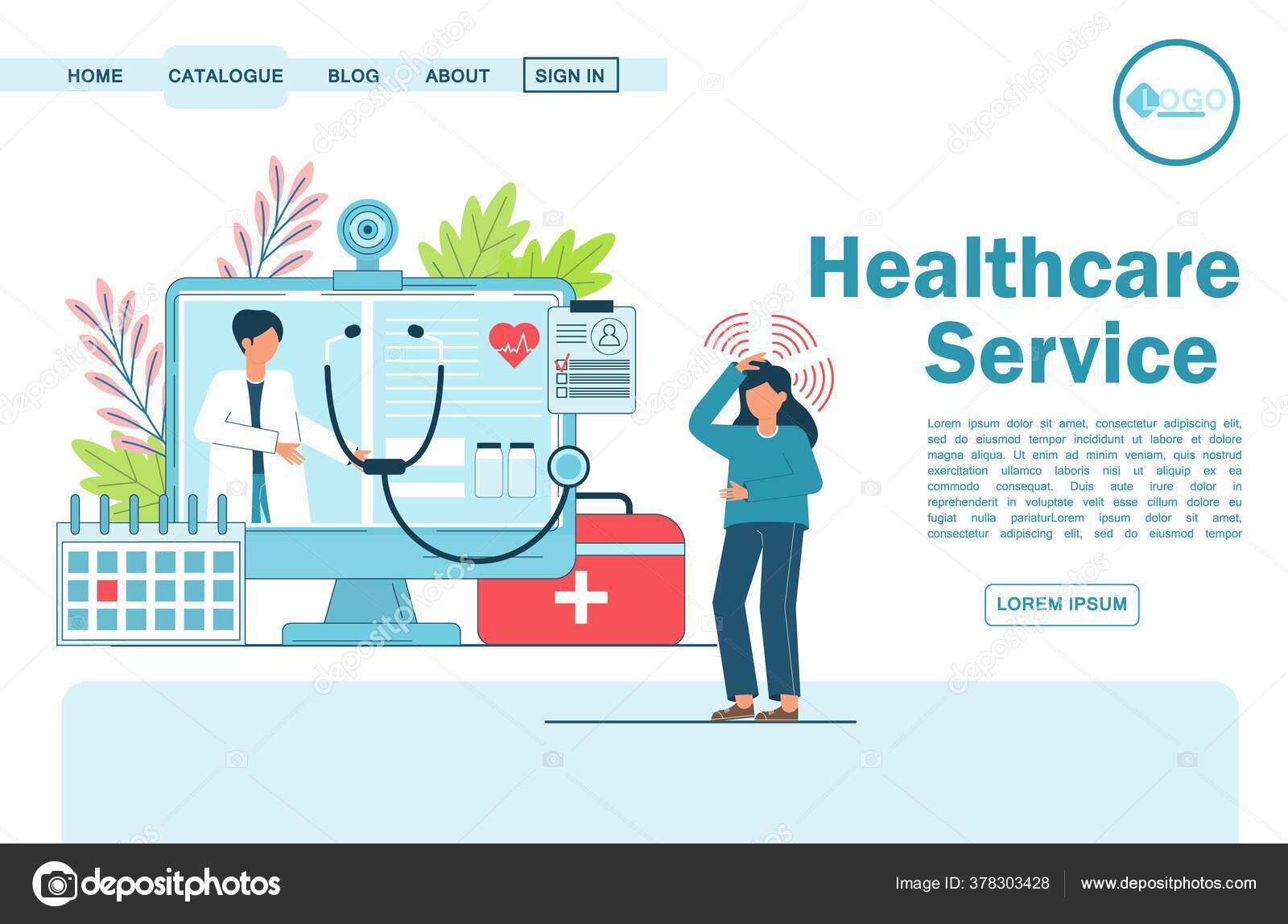How Subscription Based Healthcare is Changing Patient Accessibility to Services
Wiki Article
The Surge of Subscription-Based Healthcare and Its Influence On Client Treatment
As medical care progresses, the subscription-based model is gaining grip, assuring to reinvent individual care by providing predictability and ease of access. The potential for these versions to reshape medical care shipment elevates pressing inquiries regarding their long-term sustainability and inclusivity. Are these membership services the future of health care, or do they take the chance of leaving prone populations behind?Recognizing Registration Medical Care Designs
Understanding the concept of membership healthcare models entails analyzing a transformative approach to medical solutions that highlights cost and access. These designs, commonly described as direct health care (DPC) or concierge medicine, have actually become ingenious alternatives to typical fee-for-service health care systems. Registration healthcare enables individuals to pay a fixed regular monthly or yearly fee for a defined collection of medical solutions, which may consist of unlimited office visits, routine exams, and standard lab tests, without the requirement for traditional insurance coverage payment.The framework of subscription health care versions is developed to enhance patient care by eliminating third-party payers and complicated billing codes, thus minimizing administrative problems. Doctor can concentrate a lot more on patient care, fostering more powerful patient-provider partnerships. This version additionally promotes preventative treatment by encouraging regular check outs, as the monetary barrier of per-visit charges is removed.
The subscription model often empowers medical care providers to take care of smaller sized person panels, enabling more tailored care. It straightens financial motivations with client health and wellness outcomes, as companies are encouraged to keep patient complete satisfaction and wellness. Generally, comprehending subscription healthcare designs requires identifying their possible to reshape how treatment is delivered and accessed.
Benefits for Individuals and Service Providers

With a stable profits stream, health care specialists can dedicate more time to each individual, leading to a much more personalized and comprehensive treatment experience. The focus on precautionary care within registration strategies can lead to far better patient end results and lowered lasting medical care costs.
Problems and challenges
While subscription-based healthcare versions existing countless advantages, they also come with a set of difficulties and worries that should be attended to. This increases honest inquiries concerning fair access to health care solutions.Financial sustainability of subscription-based models is another problem. Providers need to stabilize the fixed revenue from registrations with the variable expenses of medical care services, which might vary as a result of unforeseen clinical requirements. This can create pressure to limit services or boost charges, possibly influencing patient fulfillment and care quality.
Moreover, regulatory oversight of subscription-based medical care models is still evolving. Addressing these challenges is essential for the successful and equitable implementation of subscription-based medical care.
Impact on Patient-Doctor Relationships
One significant influence of subscription-based health care designs on patient-doctor connections is the possibility for improved connection and customized care. By adopting a registration design, medical professionals can manage a smaller patient panel, allowing for even more specialized time with each individual. This boosted availability cultivates a deeper understanding of a person's case history, way of life, and preferences, making it possible for a lot more customized therapy plans and interventions.
However, it is crucial to acknowledge that while subscription-based versions might profit those who can afford them, they could unintentionally expand medical care differences. Individuals that are incapable to participate in these versions may experience reduced accessibility to personalized care, potentially affecting their relationships with medical care companies. Therefore, while the registration model offers appealing benefits for patient-doctor partnerships, it likewise presents challenges that need to be dealt with to make certain fair health care gain access to.
Future of Healthcare Gain Access To

The function of innovation can not be neglected in this improvement. Telemedicine systems and digital health documents promote seamless interaction between patients and medical care carriers, damaging down logistical and geographical obstacles. In addition, advancements in expert system and information analytics can additionally customize healthcare by forecasting patient requirements and optimizing treatment strategies.
Nonetheless, the future of medical care accessibility likewise provides challenges, such as making certain equity across different socio-economic groups. Policymakers and medical care carriers must work together to bridge the digital divide, making sure that subscription-based versions remain comprehensive and affordable. As these systems develop, they hold the promise of making healthcare much more accessible, effective, and patient-centric.
Conclusion
Subscription-based health care versions are improving person treatment by giving a stable expense structure and enhancing ease of access. The increase of subscription-based health care urges positive client involvement, which has the potential to improve patient results and view it now satisfaction, indicating a transformative shift in healthcare shipment.As healthcare advances, the subscription-based version is gaining traction, assuring to change client care by offering predictability and availability.Subscription-based healthcare designs use distinctive benefits for both people and suppliers, improving why not look here the general health care experience.As medical care systems evolve, the future of health care access frequently hinges on the integration of ingenious models and modern technologies.Subscription-based health care designs are reshaping patient care by supplying a steady expense structure and improving ease of access. The rise of subscription-based medical care urges aggressive person interaction, which has the prospective to boost patient outcomes and complete satisfaction, signifying a transformative shift in medical care shipment.
Report this wiki page